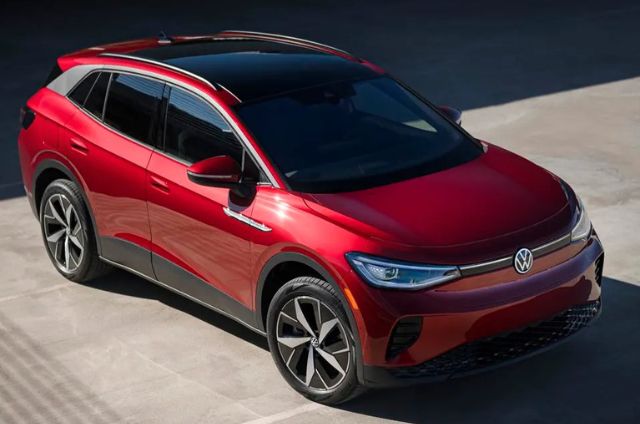Ford is pushing the boundaries of electric vehicle (EV) technology with a new patent application that could revolutionize how EVs charge. Published by the United States Patent and Trademark Office (USPTO) on August 15, 2024, the patent outlines an innovative system allowing EVs to charge while driving, using in-road wireless inductive charging.
The Future of EV Charging
The concept revolves around inductive charging coils embedded within road surfaces. These coils connect to a power source and transmit electricity wirelessly to corresponding coils mounted on EVs. While this technology isn’t entirely new, Ford’s approach aims to tackle one of its biggest challenges: alignment. The efficiency of wireless charging depends heavily on how precisely the vehicle aligns with the coils in the road. Ford’s latest patent proposes using ground-penetrating radar to track and align the vehicle more accurately over these coils.
Ground-Penetrating Radar
Ground-penetrating radar, a technology typically used in geological surveys and construction, could significantly enhance the efficiency of on-the-go EV charging. According to the patent, this radar would not only help locate the coils but also assess their condition. If coils are damaged or malfunctioning, the system could alert drivers to switch lanes or notify maintenance crews. Ford also envisions a future where vehicles communicate with each other to negotiate the use of charging lanes based on their state of charge.
Ford’s patent also explores various methods to assist drivers in aligning their vehicles with the charging coils. Guidance could be provided through a head-up display or other in-car interfaces, and more advanced systems like Ford’s BlueCruise could potentially automate the entire process. This hands-free driving system could take control, ensuring the vehicle stays perfectly aligned with the charging coils, making the charging experience seamless and effortless.
The Road Ahead
While it’s still uncertain if Ford’s on-the-go charging system will be implemented on a large scale, the potential is undeniable. As the inductive wireless charging industry continues to grow, innovations like this could eventually make charging ports, connectors, and cables a thing of the past—much like how wireless connectivity has transformed smartphone usage.
Ford’s latest patent is a glimpse into the future of EV technology, where charging becomes as effortless as driving, paving the way for a more convenient and efficient electric future.



